Following the StreetScooter project, the professor from Aachen has now developed the E.Go small electric car and is now launching it after a few hurdles in the start-up phase. A conversation directly in the production of the E.Go.
With the E.Go Life you have distanced yourself from the all-aluminum chassis. Why?
At the beginning of the development, we had doubts in the simulation whether the car would be as safe as I always intended. That is why the roof spider with A, B and C pillars, which we screw onto the aluminum body, is made of high-strength steel – for reasons of crash safety. That is also the reason why our chassis has not turned out as cheap as we expected. Today I know that it was exaggerated, because the later crash results were just great. The campaign also spanked the target costs for my car, which was sensationally cheap at the origin.
What are the special features in production?
Most rely on the automation of the assembly process. It looks nice and robotized, but it almost never pays off – at least not in quantities of less than 100,000 vehicles a year. We calculate up to 70,000 units of one type per year. Our factory is almost completely manual in assembly – not just in pre-series production. But the flow of information and data is 95 percent automated – from the early specification. I can turn this car into a convertible and different wheelbase versions in less than twelve months – as a purely derivative development. The special thing is that we have our own database as an extract across all of these systems – the digital shadow. That is our core element of Industry 4.0 infrastructure.
How do you manage to stay inexpensive?
Today, you can usually not simply access the configurator. Customer configuration and product configuration do not run in one system. An order is placed through a complete system change. Wrong orders due to transmission errors alone are a real loss in value. With us you can configure the car on your mobile phone and turn it into a real order. It then goes directly into production. In a classic assembly plant, a lot of time is lost searching or waiting for every change (change request) – I would like to increase this time loss. With us, the flow of information is automated, not the assembly process. And the battery has to be cheap, which means small and simple. After the passengers, the battery is also the most sensitive part.



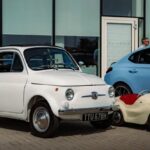

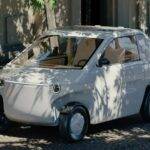
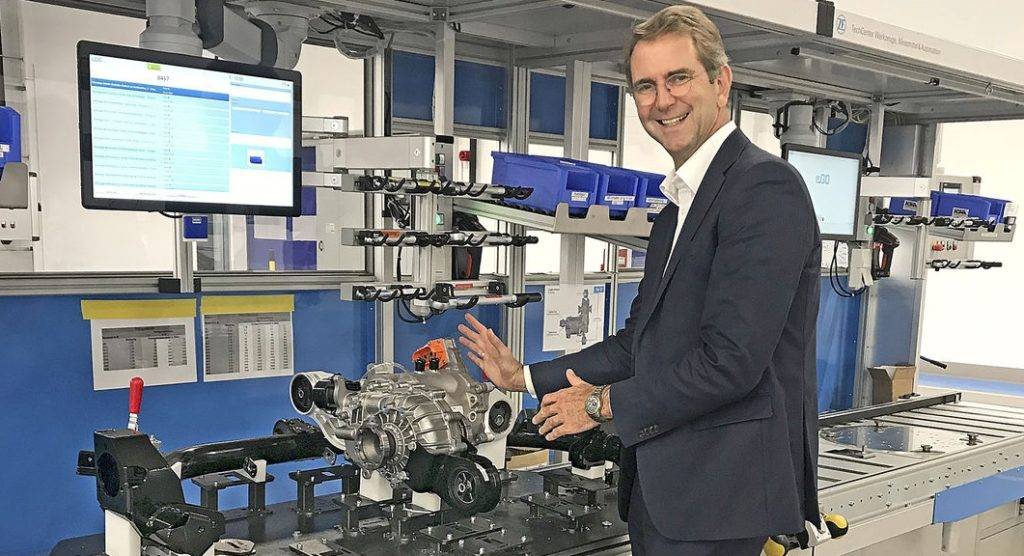
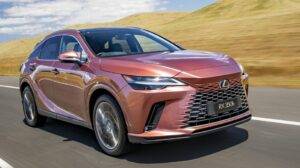

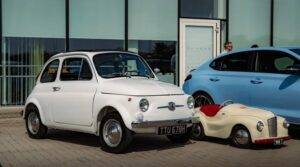

More Stories
Tesla Introduces 84-Month Loans in the US Amid Rising Interest Rates
Opel automobiles: 125 years of history and a bright future
The Cars That Go Out of Production in 2023